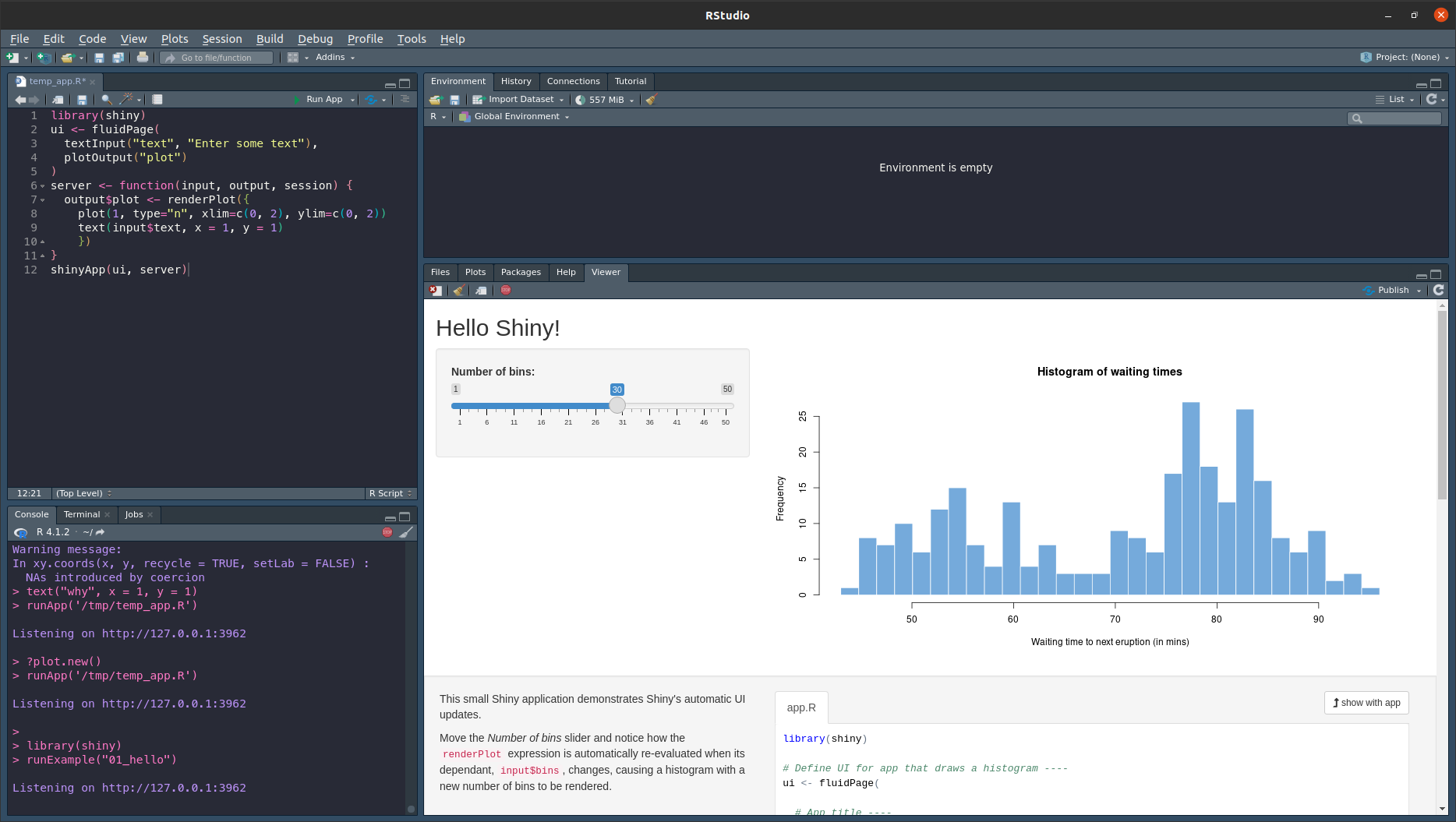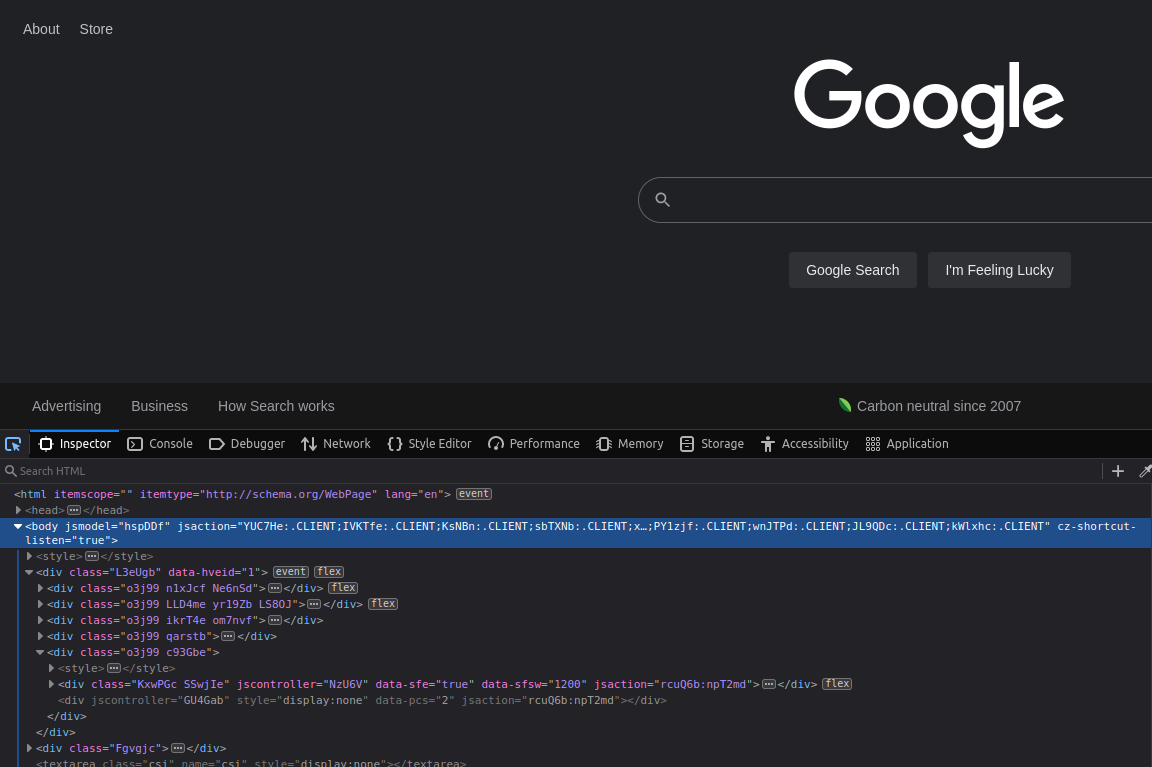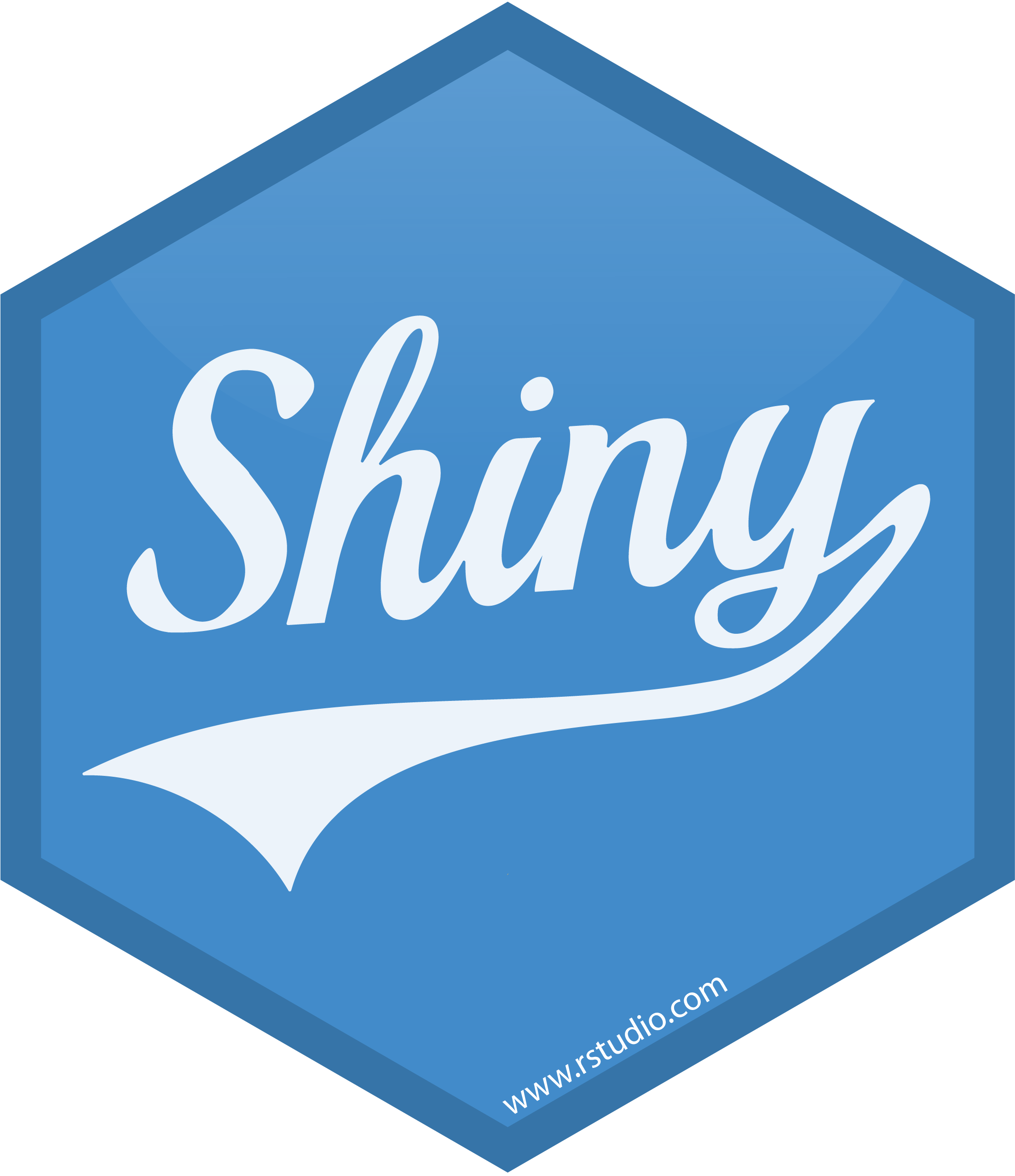- Syllabus
- 1 Introduction
- 2 Data in Biology
- 3 Preliminaries
- 4 R Programming
- 4.1 Before you begin
- 4.2 Introduction
- 4.3 R Syntax Basics
- 4.4 Basic Types of Values
- 4.5 Data Structures
- 4.6 Logical Tests and Comparators
- 4.7 Functions
- 4.8 Iteration
- 4.9 Installing Packages
- 4.10 Saving and Loading R Data
- 4.11 Troubleshooting and Debugging
- 4.12 Coding Style and Conventions
- 4.12.1 Is my code correct?
- 4.12.2 Does my code follow the DRY principle?
- 4.12.3 Did I choose concise but descriptive variable and function names?
- 4.12.4 Did I use indentation and naming conventions consistently throughout my code?
- 4.12.5 Did I write comments, especially when what the code does is not obvious?
- 4.12.6 How easy would it be for someone else to understand my code?
- 4.12.7 Is my code easy to maintain/change?
- 4.12.8 The
stylerpackage
- 5 Data Wrangling
- 6 Data Science
- 7 Data Visualization
- 8 Biology & Bioinformatics
- 8.1 R in Biology
- 8.2 Biological Data Overview
- 8.3 Bioconductor
- 8.4 Microarrays
- 8.5 High Throughput Sequencing
- 8.6 Gene Identifiers
- 8.7 Gene Expression
- 8.7.1 Gene Expression Data in Bioconductor
- 8.7.2 Differential Expression Analysis
- 8.7.3 Microarray Gene Expression Data
- 8.7.4 Differential Expression: Microarrays (limma)
- 8.7.5 RNASeq
- 8.7.6 RNASeq Gene Expression Data
- 8.7.7 Filtering Counts
- 8.7.8 Count Distributions
- 8.7.9 Differential Expression: RNASeq
- 8.8 Gene Set Enrichment Analysis
- 8.9 Biological Networks .
- 9 EngineeRing
- 10 RShiny
- 11 Communicating with R
- 12 Contribution Guide
- Assignments
- Assignment Format
- Starting an Assignment
- Assignment 1
- Assignment 2
- Assignment 3
- Problem Statement
- Learning Objectives
- Skill List
- Background on Microarrays
- Background on Principal Component Analysis
- Marisa et al. Gene Expression Classification of Colon Cancer into Molecular Subtypes: Characterization, Validation, and Prognostic Value. PLoS Medicine, May 2013. PMID: 23700391
- Scaling data using R
scale() - Proportion of variance explained
- Plotting and visualization of PCA
- Hierarchical Clustering and Heatmaps
- References
- Assignment 4
- Assignment 5
- Problem Statement
- Learning Objectives
- Skill List
- DESeq2 Background
- Generating a counts matrix
- Prefiltering Counts matrix
- Median-of-ratios normalization
- DESeq2 preparation
- O’Meara et al. Transcriptional Reversion of Cardiac Myocyte Fate During Mammalian Cardiac Regeneration. Circ Res. Feb 2015. PMID: 25477501l
- 1. Reading and subsetting the data from verse_counts.tsv and sample_metadata.csv
- 2. Running DESeq2
- 3. Annotating results to construct a labeled volcano plot
- 4. Diagnostic plot of the raw p-values for all genes
- 5. Plotting the LogFoldChanges for differentially expressed genes
- The choice of FDR cutoff depends on cost
- 6. Plotting the normalized counts of differentially expressed genes
- 7. Volcano Plot to visualize differential expression results
- 8. Running fgsea vignette
- 9. Plotting the top ten positive NES and top ten negative NES pathways
- References
- Assignment 6
- Assignment 7
- Appendix
- A Class Outlines
10.1 RShiny Introduction
R Shiny is an R package that enables seamless creation of interactive web applications using exclusively R. This is quite the feat since R is very much not a web programming language like JavaScript. It allows for data scientists like us, who are much more comfortable creating scripts and analyses, to leverage their skills and make attractive, functional web apps to share with their collaborators and beyond.

A basic shiny app inside RStudio
Shiny is much easier to use thanks to its built-in shorthands for common web elements. A paragraph tab, used for normal text, can be types with p("Text") instead of HTML’s clunkier <p>Text</p>. This applies to even more complicated objects like buttons, sliders, and outputting plots and tables.
This chapter will bring you through the basics of constructing an app, and the nature of reactive programming. It is still R, it will still mostly feel like R, but Shiny is a veneer of utility that turns your average data scientist into a web developer fully equipped to impress any lab peer.
10.1.1 How does a web page work?
Before we get into the the nuts and bolts of Shiny’s usefulness, we should first outline the need for this library. A typical, static (meaning it is the same every time you visit it) webpage has three components:
1. HTML - hypertext markup language, the bones of the web page
2. CSS - cascading style sheets, the design and aesthetic portions
3. JavaScript - a programming language made for the web, used for making web pages interactive and adaptive.
Normally, these elements are create separately in different files, placed onto a web server, and delivered to the user when they load that web page. You’re probably with one or all three of these in one sense or another, and you can see how they work by opening up your browser’s console.

The HTML that lives inside Google.com
Dealing with all of those HTML tags (things that look like this: <p>Woa</p>) is far too much work, so we can use Shiny to not only put together the bones of our website, we can easily customize the CSS and JavaScript elements as well, which will give our applications a fully configurable R-like feel for our users who are hungry for pretty data science and bioinformatics.

10.1.1.1 Getting started and development
Getting start with Shiny is easy whether you’re on SCC or your own computer. Simple select a new project, choose new directory, and select the Shiny option as seen below.

New Shiny App
Exercise 0 - Exercises
This chapter has exercises! Woo! Launch R on your machine or on SCC or on both! Install Shiny using install.packages("shiny"), then load with library(shiny). Follow along in these boxes!
Further reading:
- Parts of this chapter are adapted from Hadley Wickham’s Book on Shiny
- The Official R Shiny Cheat Sheet
- Further widgets for unique outputs: HTML Widgets